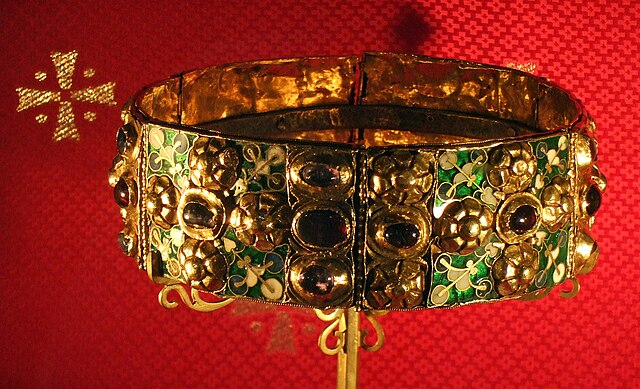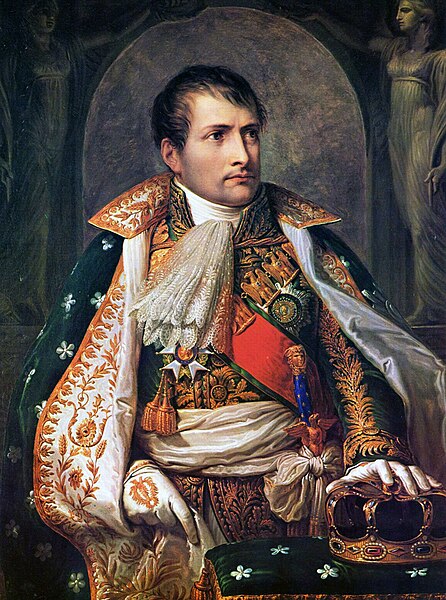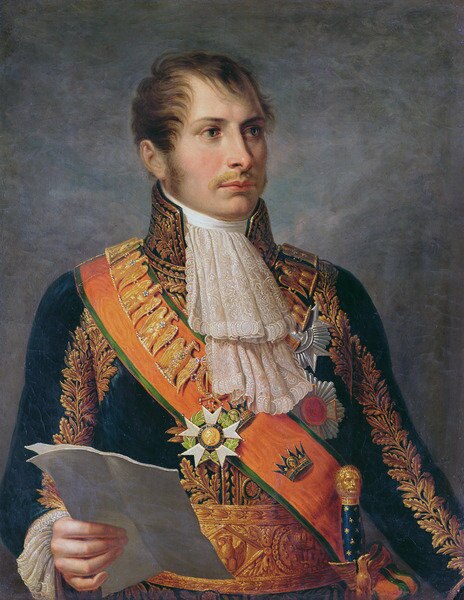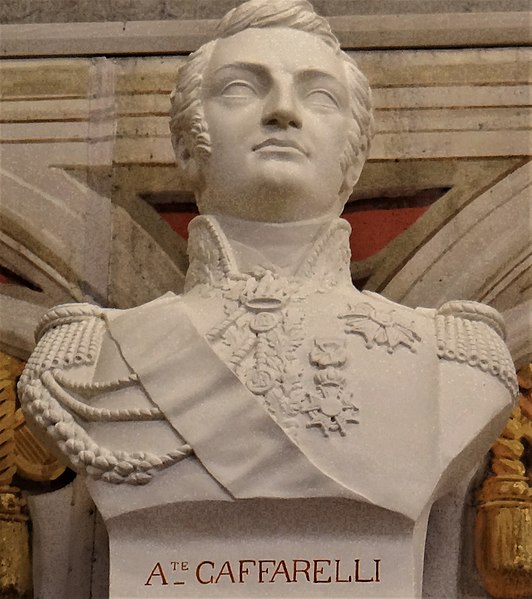The lira was the currency of Italy between 1861 and 2002. It was introduced by the Napoleonic Kingdom of Italy in 1807 at par with the French franc, and was subsequently adopted by the different states that would eventually form the Kingdom of Italy in 1861. It was subdivided into 100 centesimi, which means "hundredths" or "cents". The lira was also the currency of the Albanian Kingdom from 1941 to 1943.
Italian lira
Silver 1 lira of King Vittorio Emanuele II, 1863
Gold 100 Lire depicting Victor Emmanuel II of Italy, 1864
Silver 500 lire featuring the ships of Christopher Columbus, 1960
Kingdom of Italy (Napoleonic)
The Kingdom of Italy was a kingdom in Northern Italy in personal union with Napoleon's French Empire. It was fully influenced by revolutionary France and ended with Napoleon's defeat and fall. Its government was assumed by Napoleon as King of Italy and the viceroyalty delegated to his stepson Eugène de Beauharnais. It covered some of Piedmont and the modern regions of Lombardy, Veneto, Emilia-Romagna, Friuli-Venezia Giulia, Trentino, South Tyrol, and Marche. Napoleon I also ruled the rest of northern and central Italy in the form of Nice, Aosta, Piedmont, Liguria, Tuscany, Umbria, and Lazio, but directly as part of the French Empire, rather than as part of a vassal state.
Iron Crown of Lombardy
Napoleon I, King of Italy (1805–1814)
Eugène de Beauharnais, Viceroy of Italy (1805–1814)
Augusto Caffarelli, Minister of War (1806–1810)








